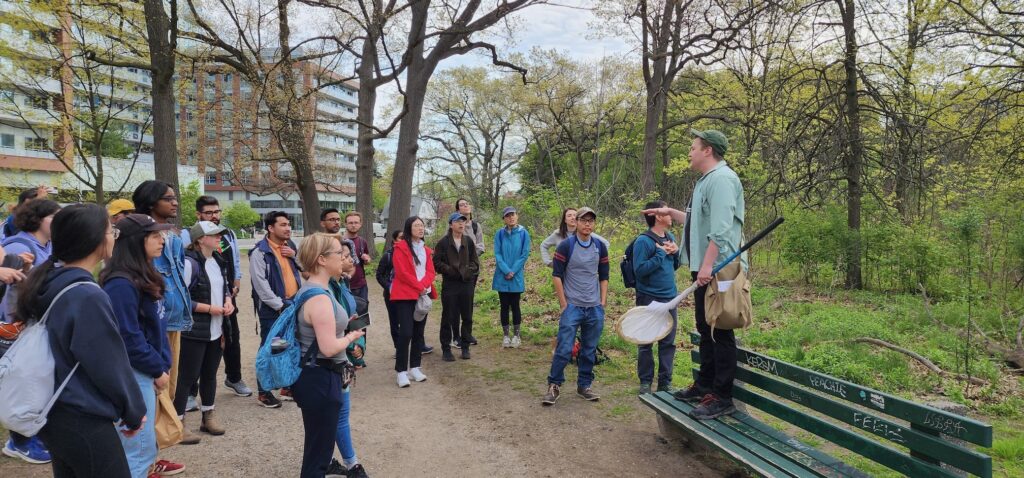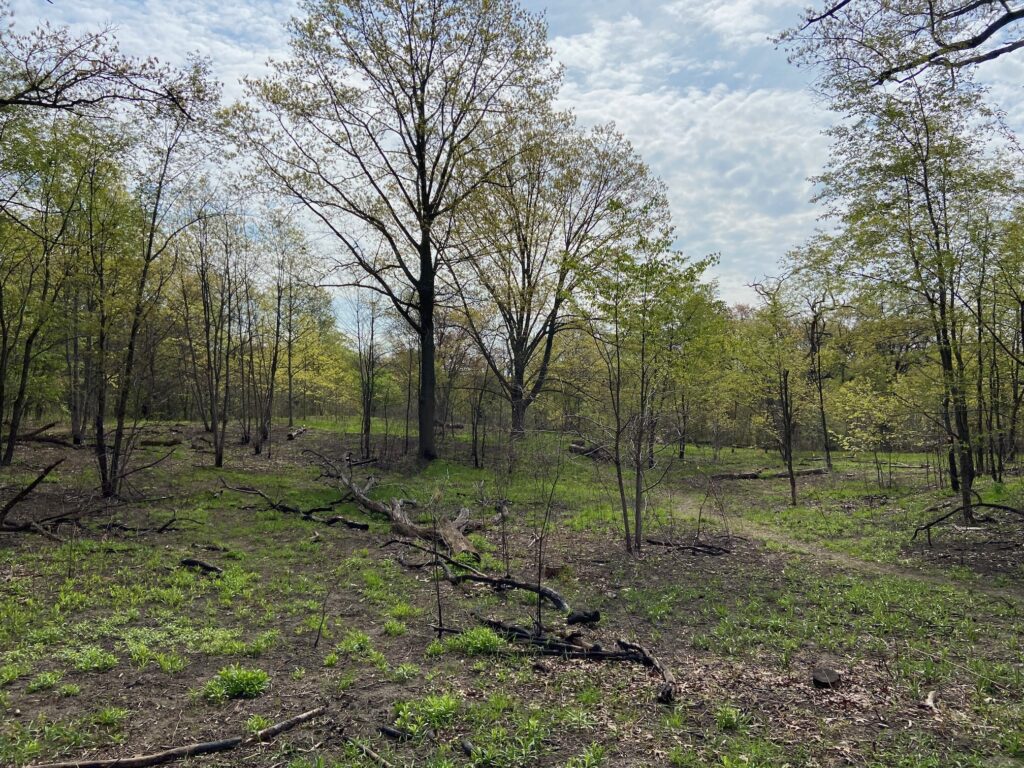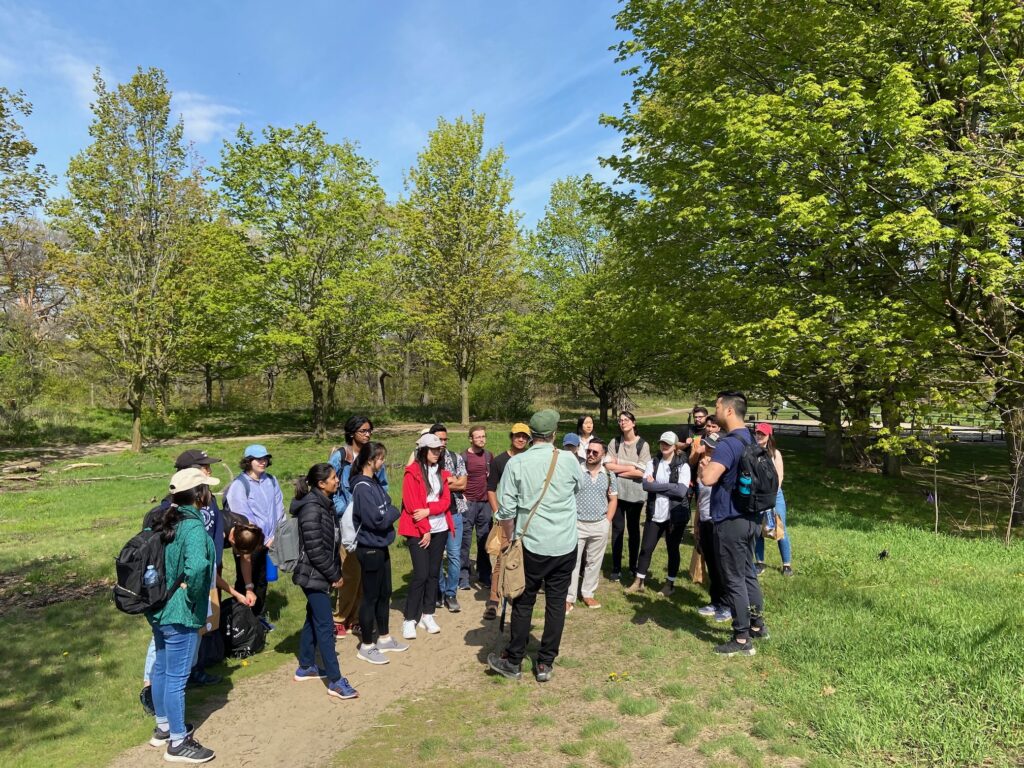
High Park is a waterfront park just north of Lake Ontario on the westside of downtown Toronto, most known for its cherry blossoms in early May. However, a much more interesting tree forest lies behind the glamour of the cherry blossom trees: the black oak savanna. The savanna in High Park is one of a kind in an urban environment like Torotono. The savanna has wide open spaces between large old oak trees, with lots of sunlight splitting between canopies and striking the forest floor. The special ecology here has been preserved because of the semi-regular controlled burns that happen in the park.

The forest has a lot of open spaces with lots of sunlight on the floor of the forested area. This land is perfect for non-native trees to set up their roots and start growing with all the sunlight. Still allowed to reach the forest floor. The non-native tree seed normally comes into the park from birds digesting seed from trees in neighbouring parks. If the non-native trees start growing in the forest, they will outcompete the oak trees for nutrients and eventually kill them off and overcrowd them. The forest will become just a dense forest full of fast-growing species of trees.

The cleansing fires were first used by indigenous people. They believed in restoring the balance of themselves and the world around them. The burns refreshed the land and opened space for more diversity to spread on the new land. Native plants and berries thrive in the open space. The rejuvenated land would bring in more wildlife that would graze on the plants, and it would allow for hunting for Indigenous people.
When the colonisation of North America happened, people were extremely against fires because of the destruction of properties and loss of life normally associated with non-controlled fires. There was a loss of balance in the ecosystem, which caused the degradation of the oak savannas that used to cover the Toronto area.
To avoid the envelopment of the black oak savanna by other tree species in High Park, the City of Toronto has, on several occasions, done prescribed burns in sections of the forest for the last two decades. Indigenous people and their ceremonies are included when the city does the prescribed burns, growing a connection with the indigenous community.
Not only does the burn prevent unwanted species from overtaking the forest, but the fires are actually necessary to remove the leaf litter so the black oaks’ acorns can reach the ground and grow into seedlings. The black oaks create a home for a lot of native species of plants and animals that would not have a habitat without the prescribed burns.

Starting the prescribed burns was not an easy task, as the neighbourhood that surrounded the park was against the prescribed burns near their houses. Additionally, before much of the community engagement with the oak savanna, the local people were more inclined to have a manicured lawn park with benches and open grass fields than the savanna. People did not realise the significance the forest carried and did not care for it as much. Since then, there have been more active community engagement programmes at High Park to teach people about how important the savanna is.
High Park is a prime example of the possibility that could be reached when people come together and realise the effects of their actions, or lack thereof. It is important to recognise that engaging community members with nature is important to get people to be aware of how they fit into the larger picture.